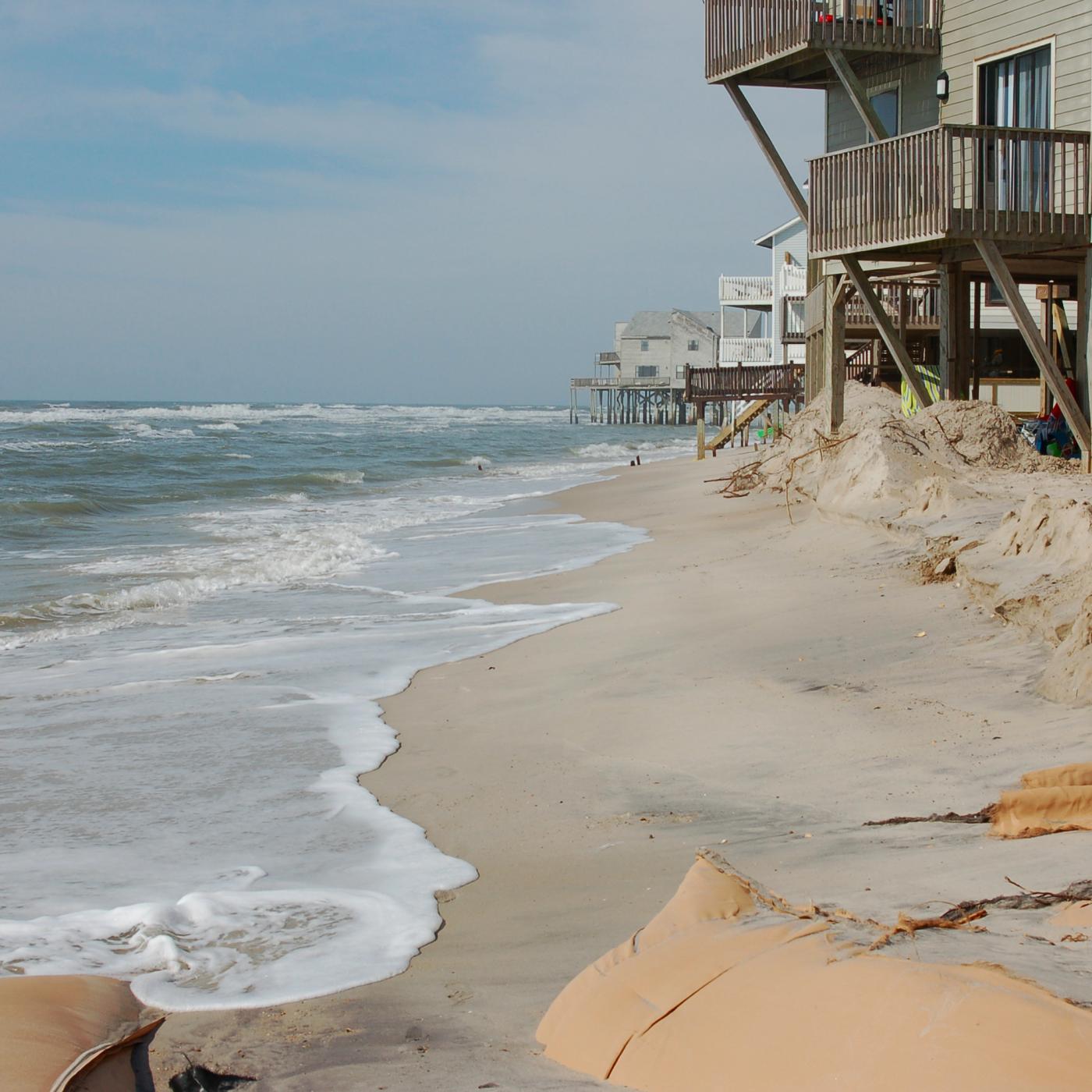
Filter News
Area of Research
- Advanced Manufacturing (2)
- Biology and Environment (12)
- Clean Energy (15)
- Computational Biology (1)
- Computational Engineering (1)
- Computer Science (6)
- Electricity and Smart Grid (1)
- Functional Materials for Energy (1)
- Fusion and Fission (14)
- Fusion Energy (6)
- Isotopes (5)
- Materials (31)
- Materials for Computing (6)
- National Security (7)
- Neutron Science (39)
- Nuclear Science and Technology (9)
- Quantum information Science (4)
- Supercomputing (16)
News Type
News Topics
- (-) Artificial Intelligence (26)
- (-) Biomedical (25)
- (-) Fusion (24)
- (-) Neutron Science (49)
- (-) Physics (26)
- (-) Quantum Science (16)
- (-) Security (10)
- (-) Space Exploration (11)
- 3-D Printing/Advanced Manufacturing (63)
- Advanced Reactors (20)
- Big Data (28)
- Bioenergy (39)
- Biology (47)
- Biotechnology (7)
- Buildings (34)
- Chemical Sciences (34)
- Clean Water (20)
- Climate Change (45)
- Composites (16)
- Computer Science (70)
- Coronavirus (21)
- Critical Materials (15)
- Cybersecurity (15)
- Decarbonization (28)
- Energy Storage (62)
- Environment (96)
- Exascale Computing (7)
- Fossil Energy (1)
- Frontier (7)
- Grid (32)
- High-Performance Computing (32)
- Hydropower (8)
- Irradiation (3)
- Isotopes (26)
- ITER (5)
- Machine Learning (18)
- Materials (75)
- Materials Science (66)
- Mathematics (6)
- Mercury (7)
- Microscopy (29)
- Molten Salt (6)
- Nanotechnology (30)
- National Security (27)
- Net Zero (5)
- Nuclear Energy (51)
- Partnerships (8)
- Polymers (19)
- Quantum Computing (7)
- Simulation (16)
- Software (1)
- Statistics (1)
- Summit (10)
- Sustainable Energy (70)
- Transformational Challenge Reactor (1)
- Transportation (59)
Media Contacts

Warming a crystal of the mineral fresnoite, ORNL scientists discovered that excitations called phasons carried heat three times farther and faster than phonons, the excitations that usually carry heat through a material.

A study by Oak Ridge National Laboratory researchers has demonstrated how satellites could enable more efficient, secure quantum networks.

Researchers from Yale University and ORNL collaborated on neutron scattering experiments to study hydrogen atom locations and their effects on iron in a compound similar to those commonly used in industrial catalysts.

A partnership of ORNL, the Tennessee Department of Economic and Community Development, the Community Reuse Organization of East Tennessee and TVA that aims to attract nuclear energy-related firms to Oak Ridge has been recognized with a state and local economic development award from the Federal Laboratory Consortium.

The truth is neutron scattering is not important, according to Steve Nagler. The knowledge gained from using it is what’s important

Three researchers at ORNL have been named ORNL Corporate Fellows in recognition of significant career accomplishments and continued leadership in their scientific fields.

Oak Ridge National Laboratory researchers serendipitously discovered when they automated the beam of an electron microscope to precisely drill holes in the atomically thin lattice of graphene, the drilled holes closed up.

ORNL researchers discovered genetic mutations that underlie autism using a new approach that could lead to better diagnostics and drug therapies.

Neutron scattering techniques were used as part of a study of a novel nanoreactor material that grows crystalline hydrogen clathrates, or HCs, capable of storing hydrogen.

Nine student physicists and engineers from the #1-ranked Nuclear Engineering and Radiological Sciences Program at the University of Michigan, or UM, attended a scintillation detector workshop at Oak Ridge National Laboratory Oct. 10-13.


